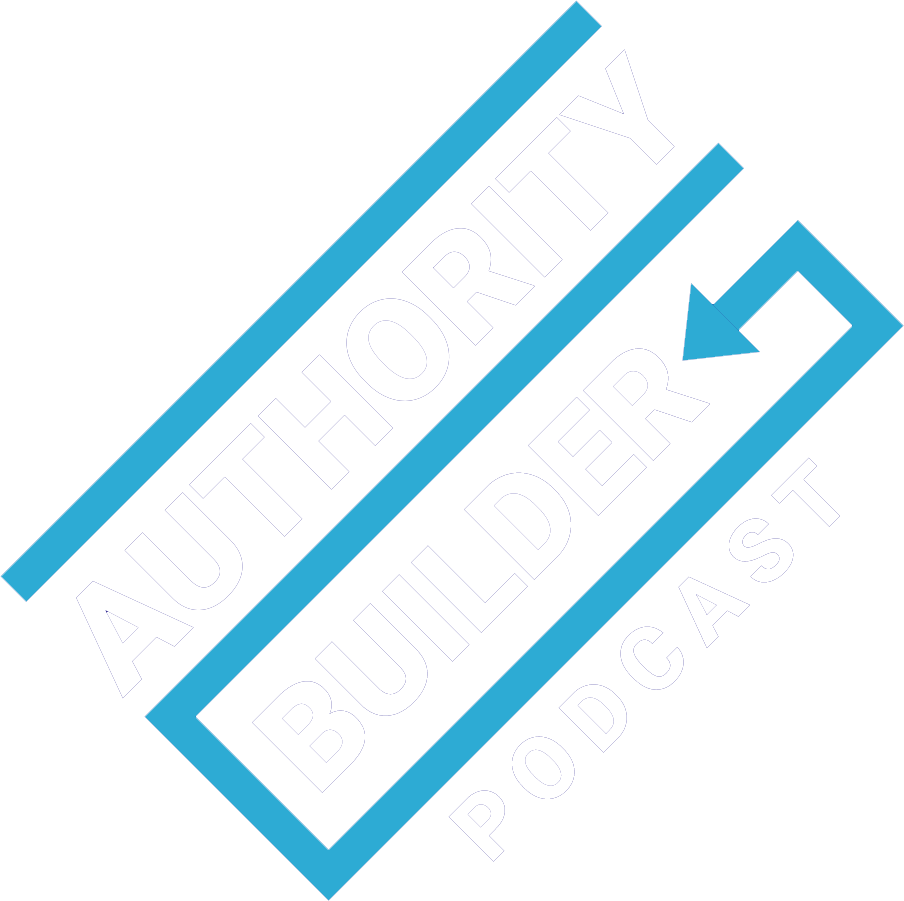Referrals are one of the most lucrative sources of new business. But, says referral expert Michael Roderick, you won’t get referrals if your business and your marketing isn’t set up the right way.
Michael shares his secrets for making your brand memorable… and referable. A lot of it has to do with the language you use when talking about your business.
Michael has tips for finding and capturing the audience that will help you build your business with solid referrals. You’ll have to do some work on your mindset and your messaging.
Tune in to find out…
- The 3 basic elements of a referable brand
- What you must do when faced with tough times
- How memory impacts marketing
- Why simplicity always wins
- And more
Mentioned in this episode:
Episode Timeline:
00:00 Interview with Michael Roderick.
00:11 Today Steve speaks with Michael Roderick. He helps thoughtful givers become thought leaders by helping their brands become referable, their messaging memorable and their ideas unforgettable.
01:02 Michael went from High School teacher to Broadway producer in two years. He tells us how he did this and how it lead to him working in referrals.
02:52 Michael tell us that when he hits a roadblock it’s important to not be afraid to reach out for support.
04:22 Steve talks about his own experience in not reaching out when he needed help.
06:04 Steve and Michael talk about how patterns are the precursor to frameworks in creating your own content.
09:22 Michael talks about building a referable brand. Accessibility, Influence, and Memory.
12:08 Michael tells us about how the song “Hey Ya” by Outkast became a hit.
14:27 Michael talks about Container words, Content words, and the first letter of A.I.M: Anchor
16:37 Michael talks about the next step: Influence.
20:00 Michael talks about Memory: making your message as simple as you can so that people can remember easily.
23:07 Michael talks about memory triggers and Ryan Reynolds!
26:33 Michael talks about using a layered framework to create a successful brand.
28:27 Michael tells us that the most important thing is telling a story with a message.
31:16 Michael tells us how best to get in touch with him.


